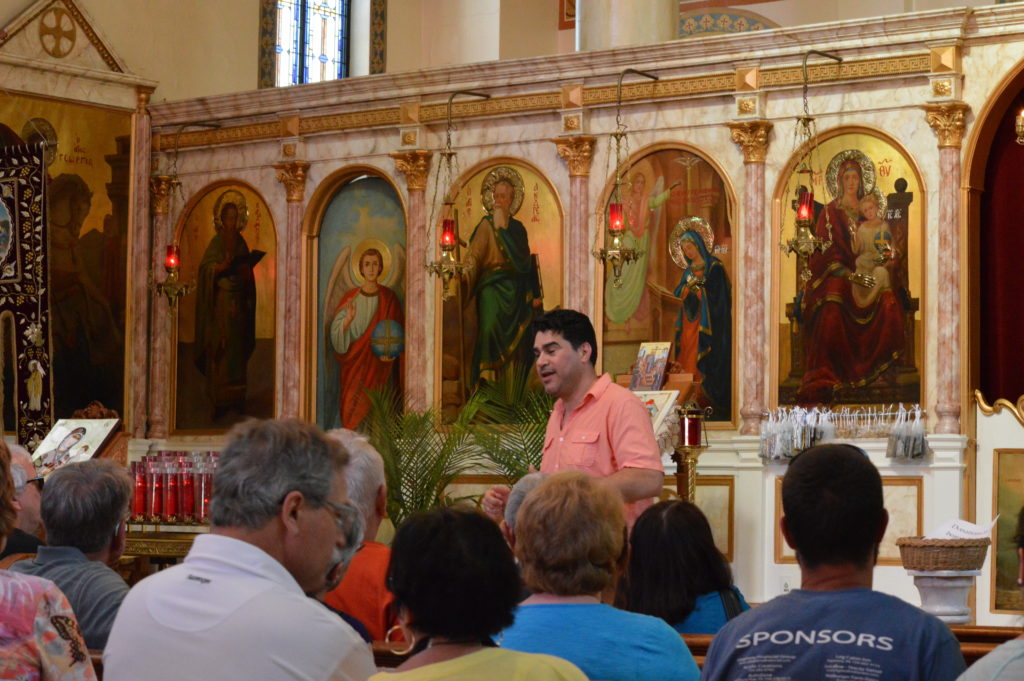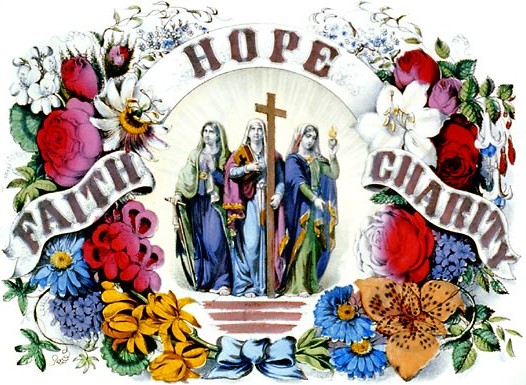I am finishing Donald Cozzens ‘Notes From the Underground: The Spiritual Journal of a Secular Priest’. He is a priest serving as the writer in residence at John Carroll University. Complex while unassuming, the book has antagonized, compelled indifference—the sort I have always felt when considering Thomas Merton, and deeply inspired—piercing with insight from an authentic individual committed to the contemplative path. I will post some of his thoughts I am convinced deserve profound reflection. I was impressed with his insistence to transcend Catholicism beyond superstition and dogmatic practices. The need to forego exterior exertion aimed toward righteousness. The importance of interior transformation usurping rigid adherence that only adds to worldly division and the severe angst of modern times. He guides to the practice of faith profoundly consisting of the ability to let go, the exercising of prayer dominating, and the elevation of trusting in God all coalescing to form a superior hope and love; a living example of peace, gentleness, and kindness pointing toward eternity through Christ. Yesterday during early morning Mass at St Dominic’s, the priest was ranting dogmatically regarding Catholicism being the one true way. He sarcastically remarked that if you were going to explore outside Catholicism to please go to an Eastern Orthodox church. I smiled since I have been fascinated with the Orthodox faith for the last several months. The utilitarian ‘Jesus Prayer’ evolving into a life companion, a metamorphizing mantra compatible to moments throughout the day. The last several nights I have been viewing documentaries on Russian monasteries: Valaam—Step to the Skies and the world’s northern most monastery, invigorating with exoticism, while familiar through simplicity and romance. Today, we toured a Greek Orthodox church in Cleveland, The Annunciation, a quaint vibrant church whose interior, brushed with a soft aqua blue backdrop, offered images and information on the practice of the Orthodox faith. The church is a highly visible adornment to the Cleveland landscape as it is perched majestically along side interstate ninety just south of downtown; its peculiar golden domes announcing something foreign. The parishioner presenting today’s tour, a fifth-grade religious teacher, possessed a passion for his faith that easily accentuated his words. He commented that he would like to claim he was a devout Eastern Orthodox practitioner, however he found that every day he was discovering new aspects of his church, historically and theologically, and within that discovery his place within the church of his upbringing. Every day he felt he was starting anew. He spoke of an entrance: the Narthex, a part of the nave, entering the church being the entering of an alternate reality, the altering of time. Everything changes as one enters and leaves the world behind. The temporal is replaced by the eternal. The focus of the church once entered is three doors, Holy Doors, holy being associated with the presence of God. The doors stand amidst an array of large icons illuminated by presence candles. The central door, the Eastern Door of light, opens to the sanctuary, the Crucifixion and tabernacle. The King of Glory returning to His people. Only the priest and deacons, who bear the Eucharist, use the Eastern Door. The Northern Door is the entrance door. Once opened, colorful icons display to the congregation the resurrection of Christ. Counter-clockwise, time is tampered as the end of the story is told first. The Southern Door, the departing door, exhibits the beginning of the story, the birth of Jesus. It was a pleasant day. I want to post the words of Donald Cozzens.
I’ve written at some length about the silent, wordless, often imageless, prayer called contemplative or centering prayer. Now, from a different perspective, this “sitting in the presence of God prayer” has a purifying power that allows us to see instinctively what really matters most, “Be still,” the psalmist says, “and know that I am God.” Be still, in other words, and know that you are not God. Be still and have faith, be still and hope, be still and love. Our stillness, metaphorically speaking, breaks down the walls of our monasteries and lets the contemplative charism escape into the streets of our global village where it’s “infecting” ever growing numbers.
People tired of being out of balance, out of sync, tired of being spiritually sick are experimenting with contemplative prayer and reporting extraordinary, if subtle, changes in their lives. They say they are more centered and less restless; they tend not to judge others, they seem more content with what they have; they are more patient with spouses, children, and co-workers. They report being less neurotic, less anxious, less fearful. In a word—they are peaceful….
Contemplative prayer, as we have seen, sooner than later leads to contemplative living. And contemplative living makes a defining difference in our broken world. By contemplative l;iving I’m referring, with repeated urgency, to the quality of awareness, of mindfulness, that prompts to live fully in the present moment. Contemplative living honors the now. It is instinctively willing rather than willful….
Contemplative prayer, while not the only path to contemplative living, remains the truest path, at least from my experience. I sometime think our only hope rest in an ever-expanding arc of men and women, from all corners of our planet, living contemplatively. More than through diplomacy, government intervention, military power, or economic policy, the violence and injustice of our world will be diminished by men and women leading contemplative lives. Put less starkly, only a contemplative factor in diplomacy, politics, and economics will prove ultimately effective.
I’ll conclude this section with striking words from two of the twentieth century’s major theologians. Turning to the level of the individual, Raimon Panikkar writes, “In this crucible of the modern world, only the mystic (contemplative) will survive. All others are going to disintegrate; they will be unable to resist either the physical strictures or the psychical strains.” And from Karl Rahner, “The Christian of the twenty-first century will be a mystic (contemplative) or not at all.” –Donald Cozzens ‘Notes From the Underground”

Greek Orthodox Metropolis Of Pittsburgh
Annunciation Greek Orthodox Church
Cleveland, OH

